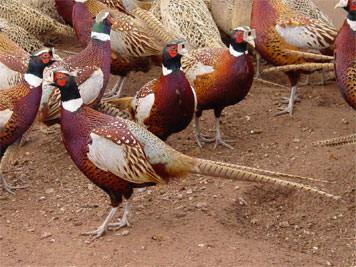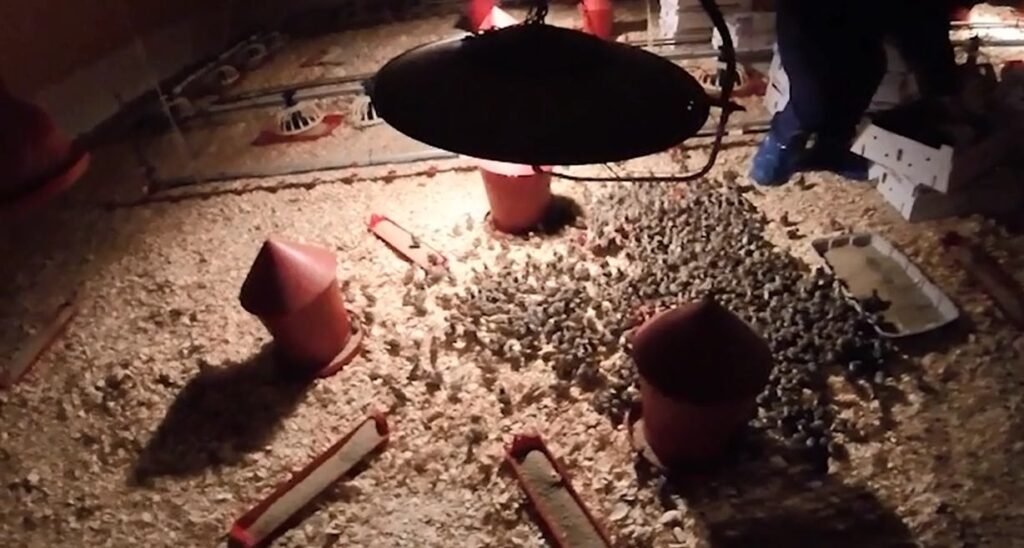Every Bird Counts: Catching Escaped Pheasants On The Farm
MacFarlane Pheasants may be the largest pheasant farm in the United States, but we’re far from just an industrial bird factory. Our founders are hunters themselves, and that individual experience with the sport informs all our decisions with every bird we raise. That care extends into all aspects of our pheasants’ lives, including our inspection of their pens and retrieving those that fly the coop. Why? Because just like on your hunt, at MacFarlane Pheasants every bird counts.
Twice a day our employees walk the perimeter of each pen on the farm. They do this for a few reasons, one of which is to ensure there aren’t any issues with feed and water lines. But another is that when birds get out, they don’t go far. At this point in their lives, pheasants have come to associate the pens with food and water. Even if they escape, they stay pretty close, usually in the center lane that divides the pens into two rows. When we see birds, it’s our goal to get them back into the pens quickly and efficiently in time for their lunch.
While we’re capturing these birds—usually one or two a day—we’re also noting their peeper color. Peepers are on most birds to discourage aggression, which, if left unchecked, can damage the birds’ tailfeathers. But peepers serve a dual purpose: they’re also a great way for us to observe if there’s an issue with one specific pen. If we find a number of birds with the same peeper color, which are color-coded to identify hatch date, we know to check that specific pen to sus out the issue.
Additionally, around all the pens’ perimeters we’ve placed catch boxes baited with food. Catch boxes allow the bird to enter but not to exit. We’ll check those throughout the day as our staff meanders through their normal farm duties, and if there’s a bird inside, it’s quickly moved back into its home.
An average pen at the MacFarlane Pheasants farm holds between 600-800 birds, and when birds discover an opportunity to escape, they do it en masse. Look away for a few hours and you can discover a hundred birds in the lane. Raising pheasants requires consistent monitoring to ensure that if there is a problem, if a door is broken or a hole is torn into a fence, it can be resolved quickly. It requires vigilance, because birds are always on the ready to make a run for it. For our customers and us, every bird counts.
Related Posts

Preparing Our Barns & Pens Each Spring
Read Post
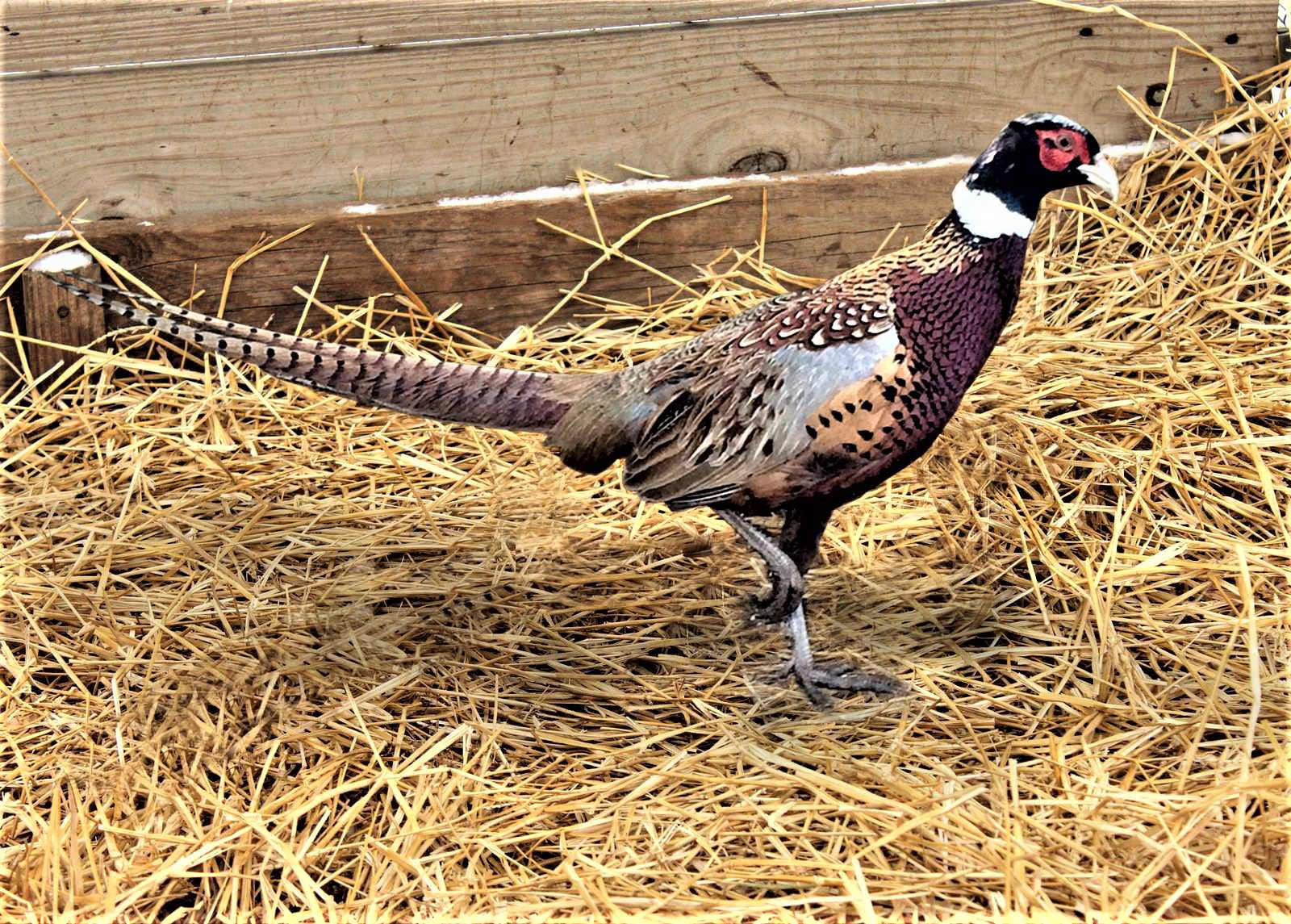
Our Milton Farm in 2024!
Read Post
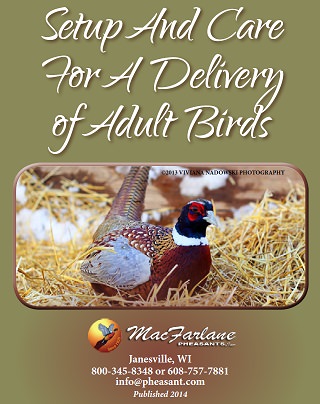
10 Steps to Prepare for a Delivery of Mature Game Birds
Read Post

4 Steps to Keeping Pheasants Healthy in Winter
Read Post
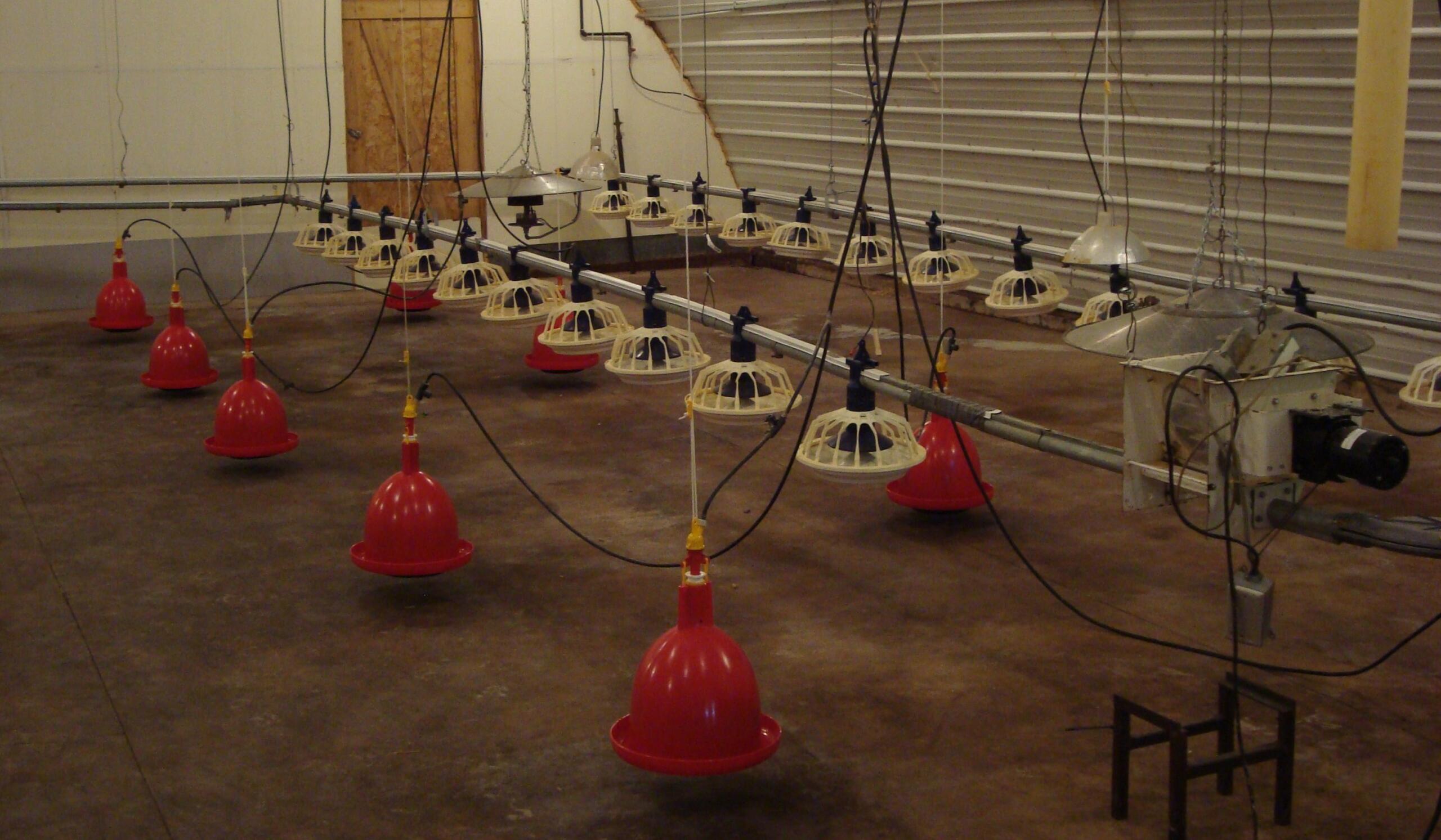
6 Feed and Water Procedures to Keep MacFarlane Pheasants Healthy
Read Post
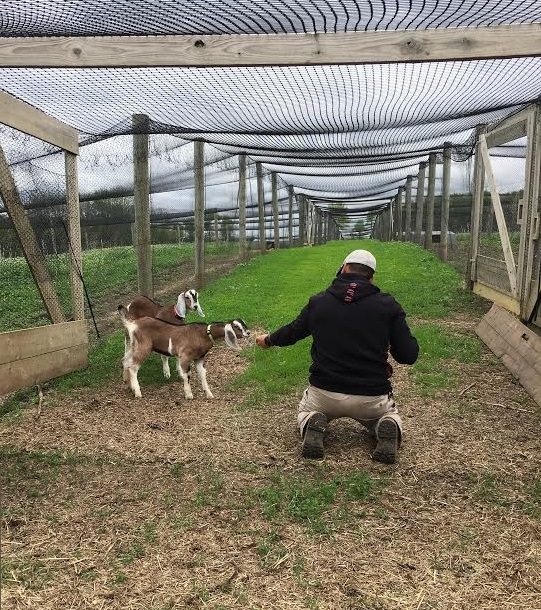
Can Goats Be Helpful on a Pheasant Farm?
Read Post
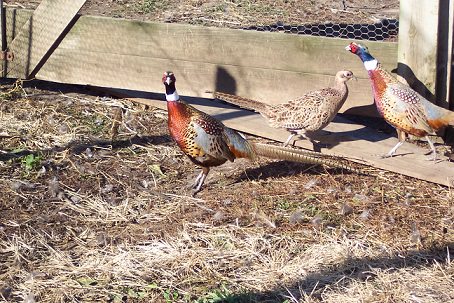
Catching Mature Pheasants
Read Post
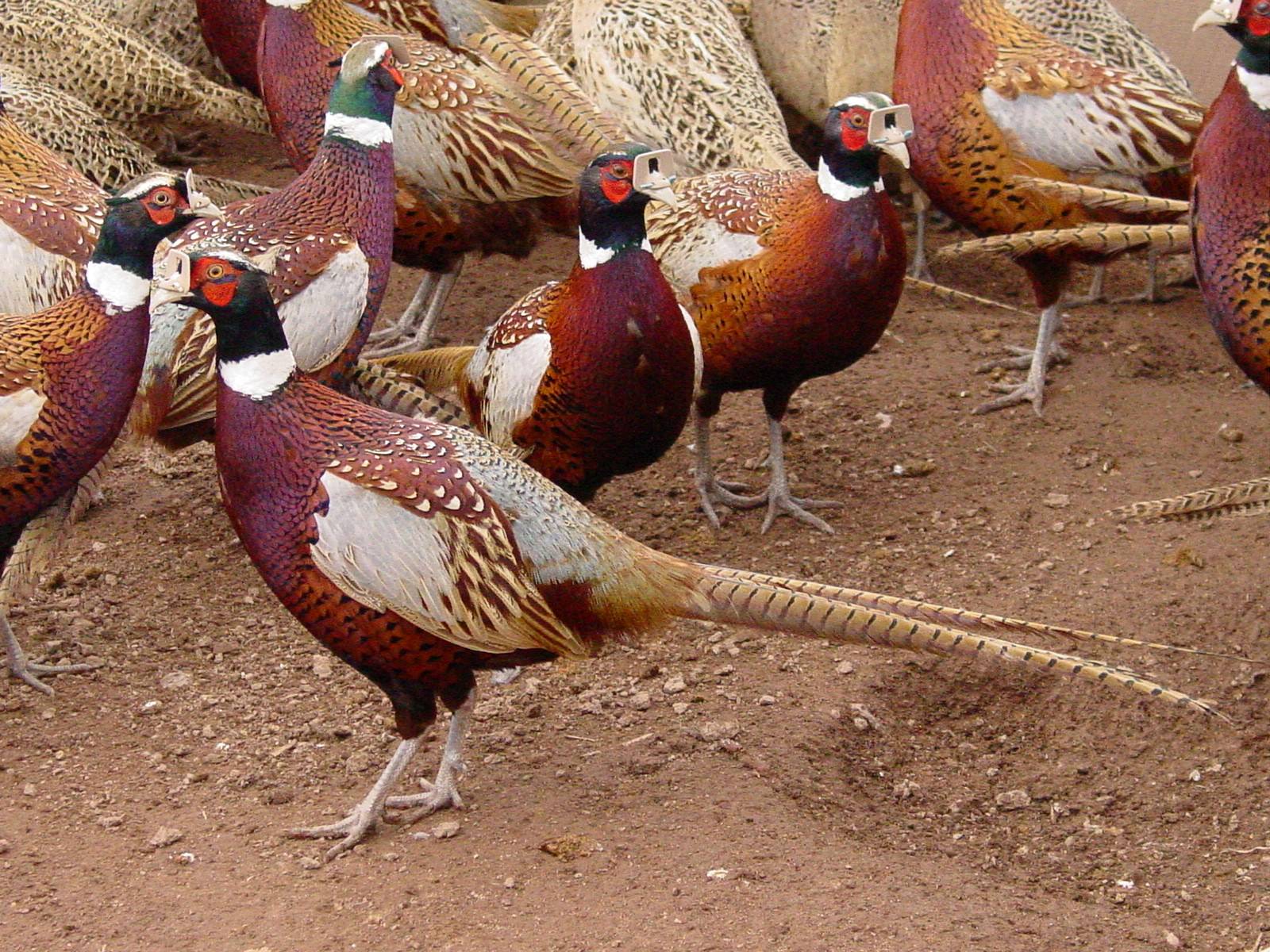
Choosing the Right Type of Game Bird
Read Post
Take Advantage of These Free Resources
As the biggest game bird farm in the United States, we want to share our experience with you. Download our free resources below and get started.

